Congratulations! You’ve worked hard all year and are ready for your well-earned summer vacation, so you booked your non-refundable trip to Japan in July, and what? Now you’re scanning Reddit and Facebook and hearing that summer in Japan is the worst season to visit. Please, say it ain’t so!
Well, I have some good and bad news for you. First, the bad news: some describe the summer weather in Japan as “uncomfortable” and others as “a moist version of hell.” There’s no getting around it — Japanese summer is hot and wet, a condition shared up and down the archipelago almost without exception. But that is not to say summer in Japan has no redeeming qualities, as the Japanese people have had centuries to develop traditions to compensate for the unpleasant weather.
When is the Summer Season in Japan?
Summer in Japan is best broken down into its two acts. The first act is what’s known as rainy season or tsuyu 梅雨, where there is a chance of rain nearly every day for weeks, followed by the second act, which is the hot and humid season that locals and visitors alike find particularly uncomfortable to bear.
Late April and early May in Japan are pleasant days, with many warm spring days with cool nights and relatively low humidity. That begins to change in late May and early June, when the cold air from continental Asia collides with warm air flowing up from the South Pacific right over Japan, starting the unstable rainy season. Tsuyu season starts a bit earlier in Okinawa, gradually creeping eastward, first affecting Southern Kyushu in late May and up to Northern Tohoku by mid-June.
Rainy season lasts from a few weeks to over a month, depending largely on global weather patterns, which are increasingly unpredictable in the modern age of global warming. The first sunny day at the end of rainy season is often celebrated falsely; akin to celebrating being liberated from a frying pan, something much worse has arrived.
From early to mid-July the increasingly hot and humid days of summer arrive in Japan and remain, often through the end of summer in late September. August is the hottest month in Japan, with average temperatures in Tokyo around 32C (from 1992-2021; in recent years, there have been long stretches of dangerous temperatures above 35C). Kyoto, surrounded on three sides by mountains, fares even worse in the summer, averaging 33C in August. The only reliable escape from the summer heat in Japan is Hokkaido, but remember that the rainy season also starts later there, so you might have to deal with some rainy days even in August.
Let’s not forget one other less-than-wonderful fact about Summer in Japan — it is also typhoon season. July to September have the highest probability of typhoons, ranging from causing slight inconvenience to being fairly dangerous, depending on the circumstances and your travel plans.
Best Things to Do During Summer in Japan
Given the unpleasantness of the weather, wouldn’t it be best to avoid summer completely in Japan? Don’t make any rash decisions, because to do so would be to miss out on some fantastic opportunities that only occur during this season.
While rainy season sounds terrible indeed, it really isn’t as bad as it seems. For starters, it doesn’t necessarily rain every day, all day, so you may have some surprisingly sunny days (or partial days) sprinkled into the season. Just the thought of the rainy season also deters many visitors, so crowds at major attractions tend to be lower during this period. And finally, some places benefit from the rain; Japan’s much-loved summer flower, the ajisai あじさい (hydrangea) bloom in rainy season and look stunning covered in droplets of moisture at temples and parks where many ajisai grow. And apart from a snowy day, soaking in a rotemburo hot spring bath in a light rain and mysterious fog is one of the best ways to enjoy an outdoor onsen experience.
Except for Hokkaido, there is little variation in the hot and humid weather patterns around Japan, so nearly every person living in Japan experiences summer in the same way. This has led to many traditions that are practiced during the summer all over Japan that provide welcome distraction from the weather, not the least of which are summer festivals.
While you can find festivals in Japan in every season, once rainy season is over, summer seems to be one never-ending block party of festivals from one weekend to the next. Even the smallest towns and neighborhoods seem to hold their own summer festival, where locals don colorful yukata (summer kimono) and head for their local shrine, temple, or park to participate in carnival-style games, eat festival foods from pop-up stalls and maybe join in some traditional dance like obon or awa odori.
Speaking of yukata, these light cotton (and sometimes linen) garments are one of my favorite aspects of summer in Japan. Yukata are the antithesis of Japanese business attire, colorful and distinctive, with an infinite pairing of obi belts to complement them. Even men’s yukata, traditionally boring, have evolved with modern patterns and bold colors suitable for the times. Attending a festival is the perfect excuse to wear one of these comfortable garments and blend in, or stand out, with the locals.
The best-attended summer festivals are hanabi matsuri, the fireworks festivals. These are the ultimate distractions from the summer heat in which organizers launch thousands of colorful exploding pyrotechnics high into the summer sky. Tokyo’s Sumidagawa Fireworks Festival, held on the last Saturday of July, is Japan’s oldest, established in 1733 to ward off evil spirits. Millions of people flock to the banks of the Sumida River, or as close as the crowds allow, to get a view of this spectacle, which features the cutting edge of pyrotechnic technology and the consumption of an enormous quantity of alcoholic beverages.
But you don’t need to brave the crowds of Tokyo to witness a summer fireworks festival. Hundreds of cities around Japan put on their own shows, some at a much smaller scale, but others, like Nagaoka in Niigata Prefecture, equally if not even more impressive than the events held in Tokyo.
If you need some sweet, cool relief on some of the most unbearable days of summer, you can always head indoors. Japan boasts many museums containing exhibits on almost every subject imaginable. Museums of playable musical instruments in Hamamatsu, Cup Noodle in Osaka, contemporary architecture in Setouchi. And yes, even parasites in Tokyo, and it’s free.
If you can’t escape the summer heat, you can at least make the best of it. Although often an afterthought for visitors to Japan, the country has some outstanding beaches to enjoy. Most people are aware of the pristine coastline of Okinawa or the people-watching beaches of Shonan, but few know about Japan’s hidden gems like Nagasaki’s nearly deserted Takahama Beach in the Goto Islands, Fukui’s Wakasawada Beach facing the Sea of Japan with Blue Flag status, or Wakayama’s Shirahama Beach reminiscent of Wakiki Beach in Hawaii.
So, despite the discouragement you might find about spending summer in Japan, it isn’t all bad news. If you can bear the discomfort of the weather, Japan still offers some unique and amazing things to do, both traditional and modern. Just be sure to pack well for your trip; perhaps your summer trip to Japan will become one of your favorites.
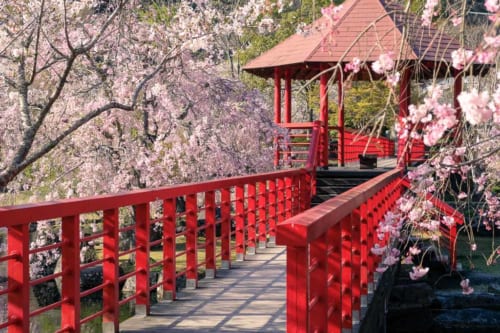
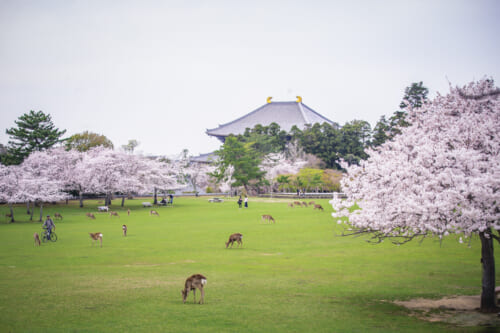
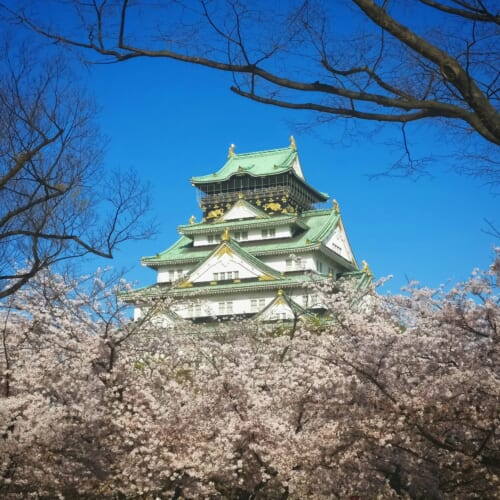
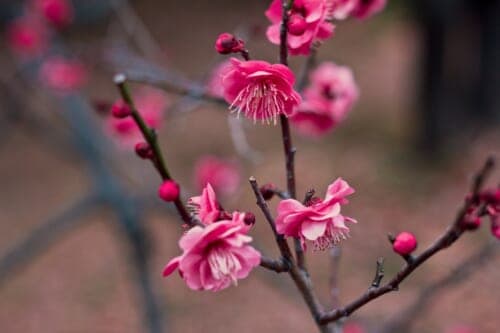
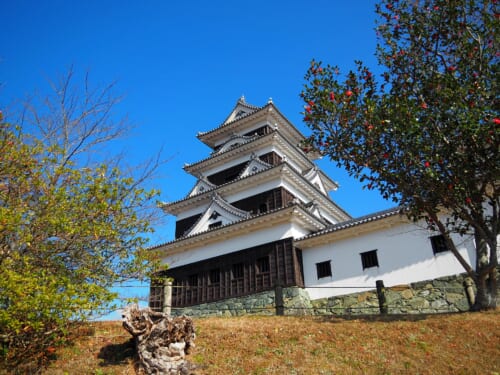

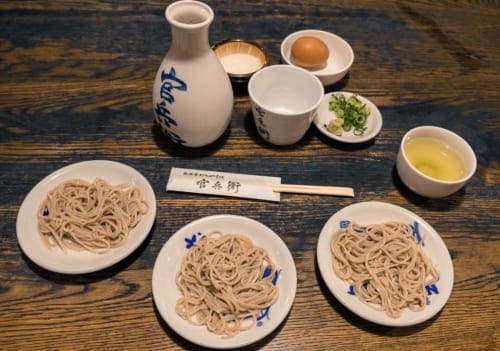

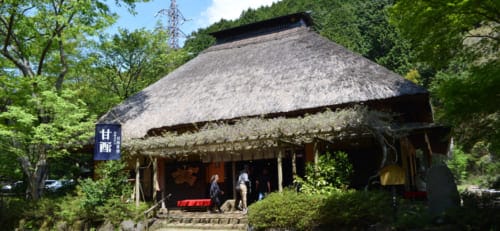
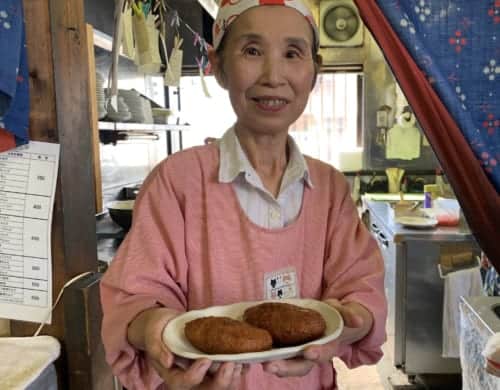
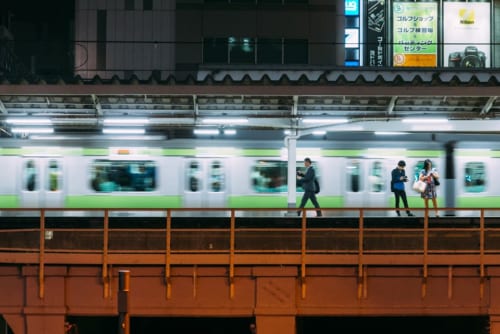


No Comments yet!